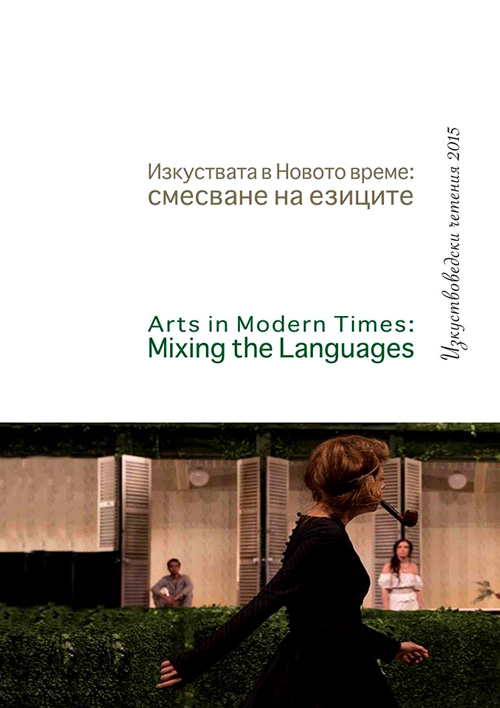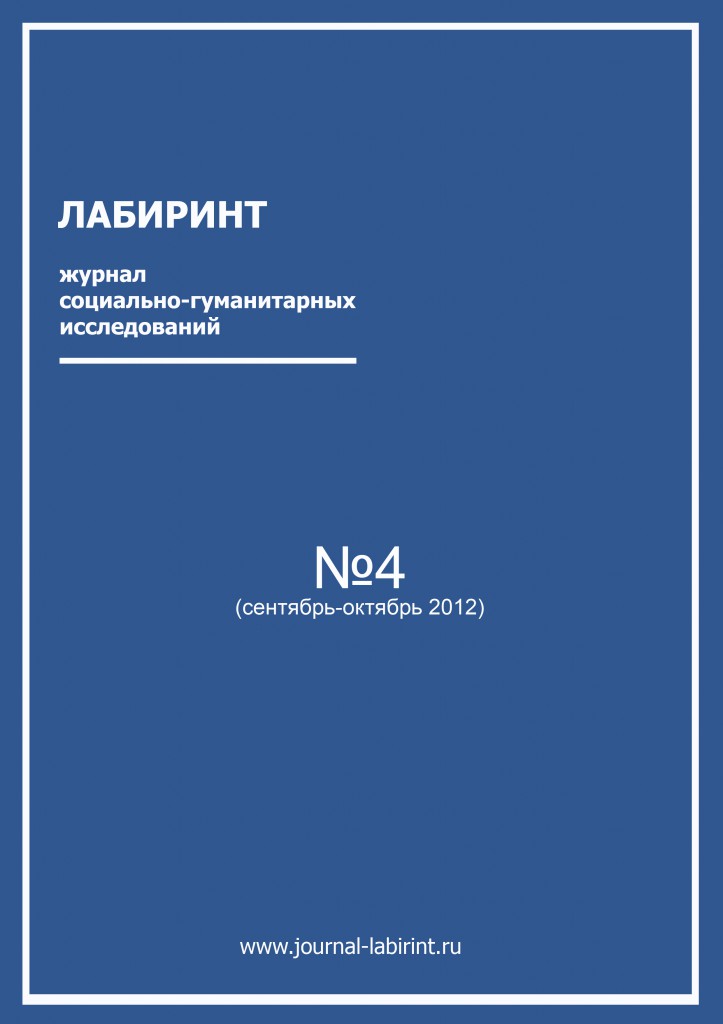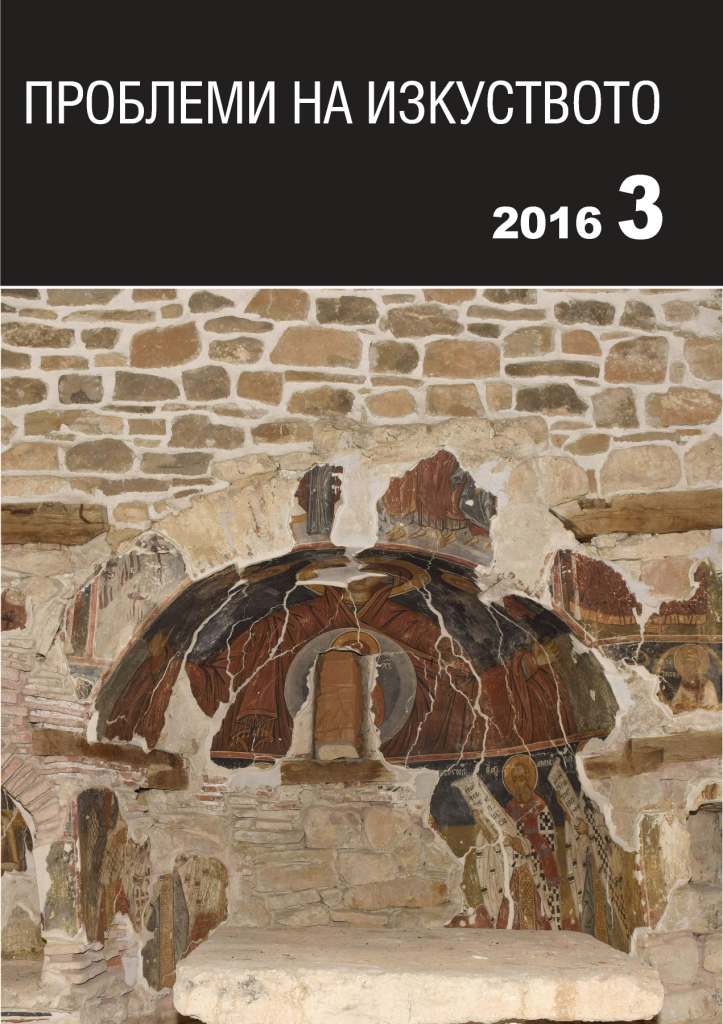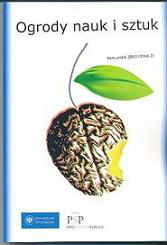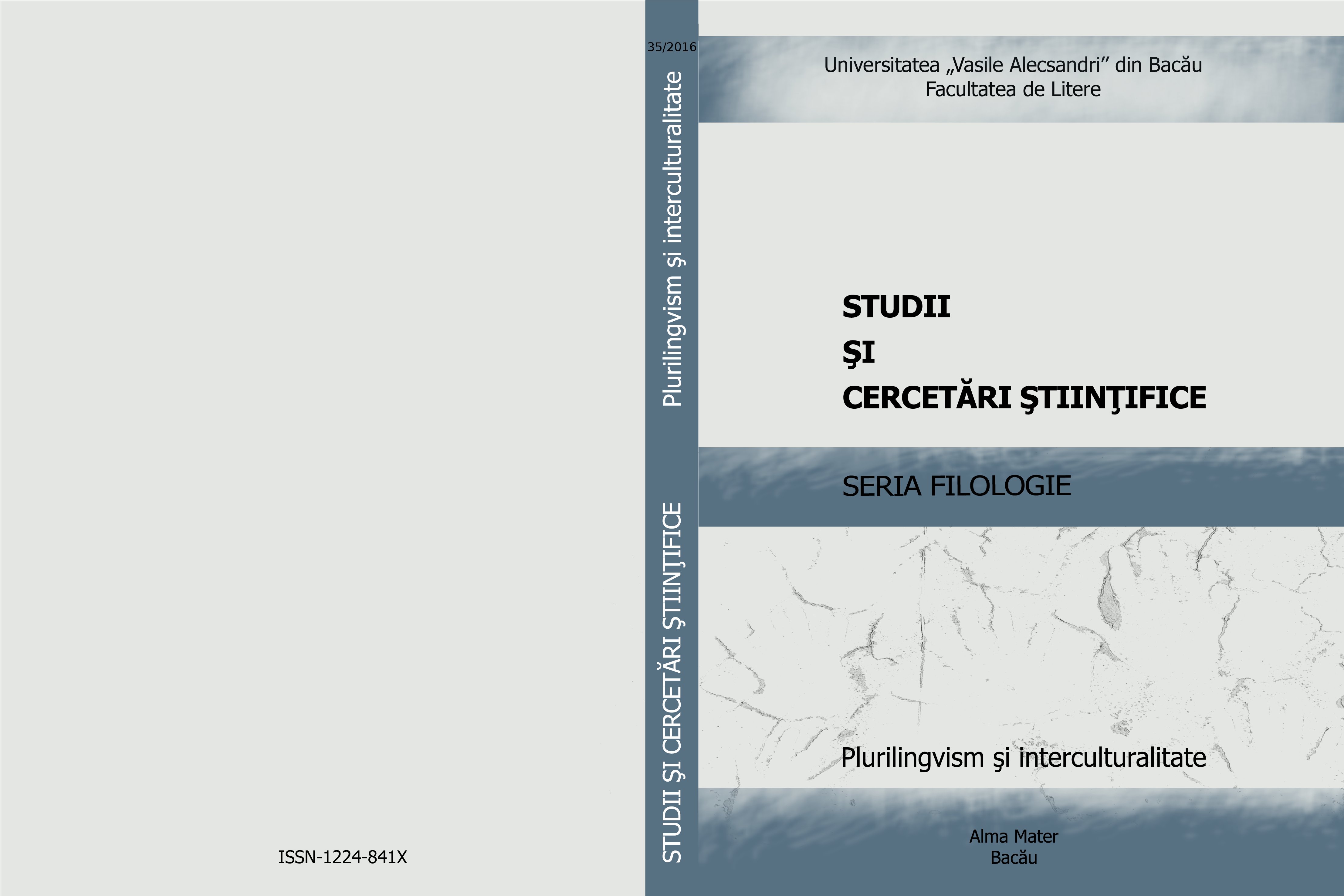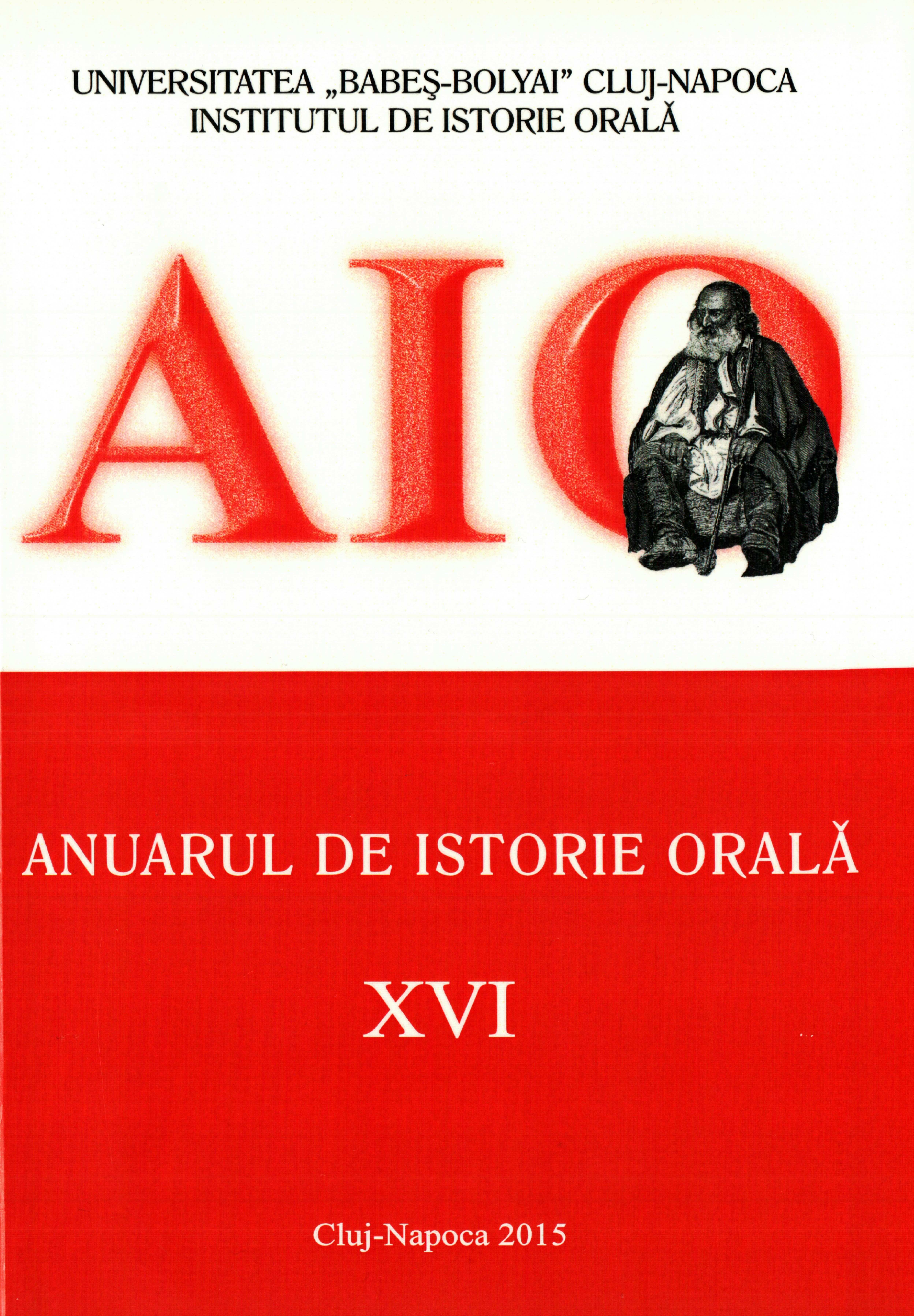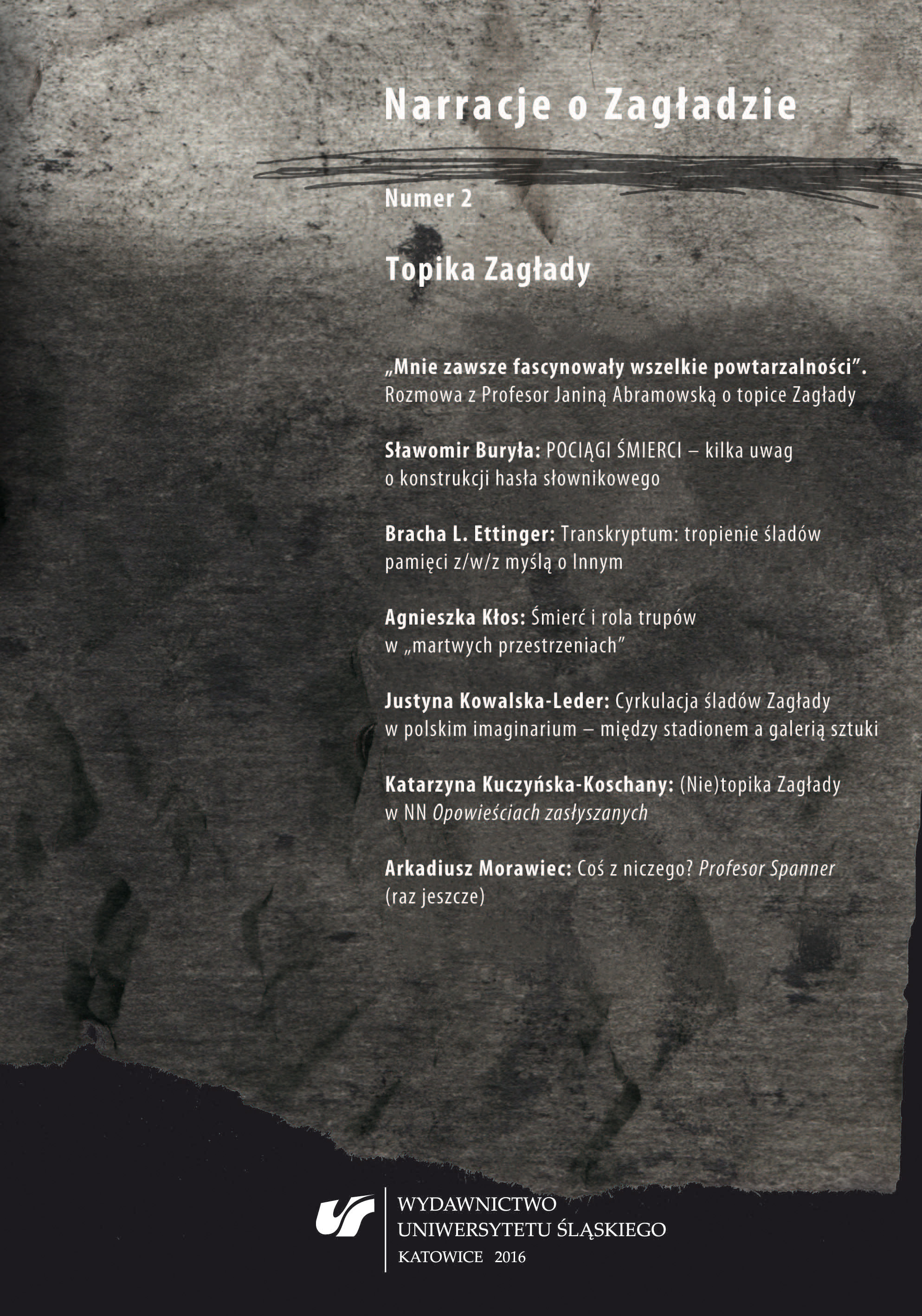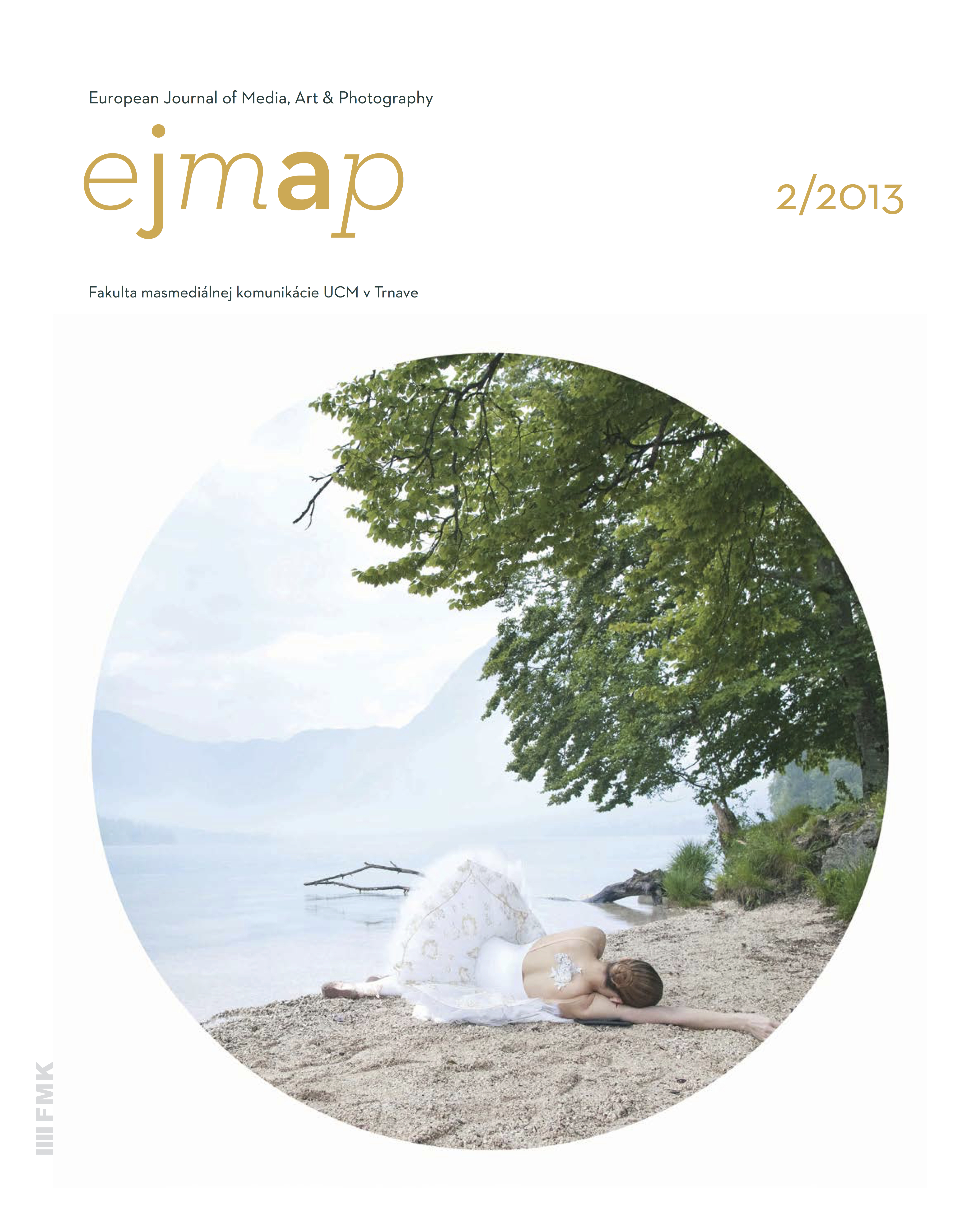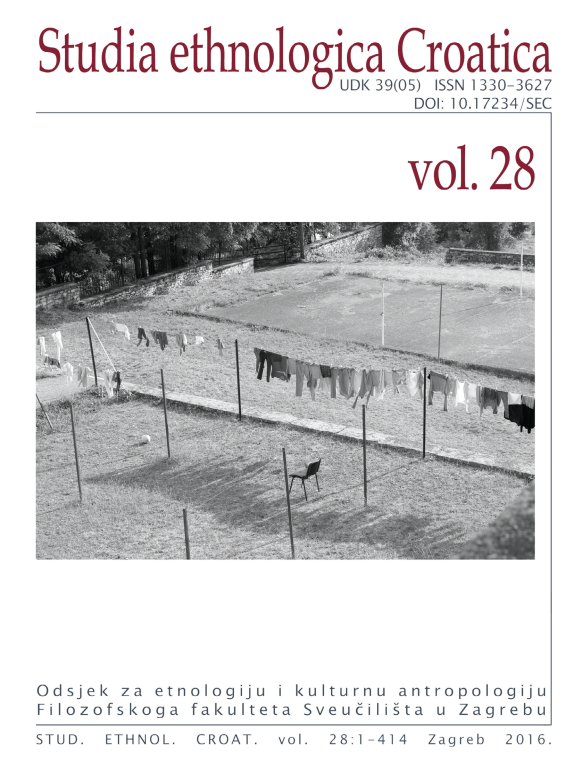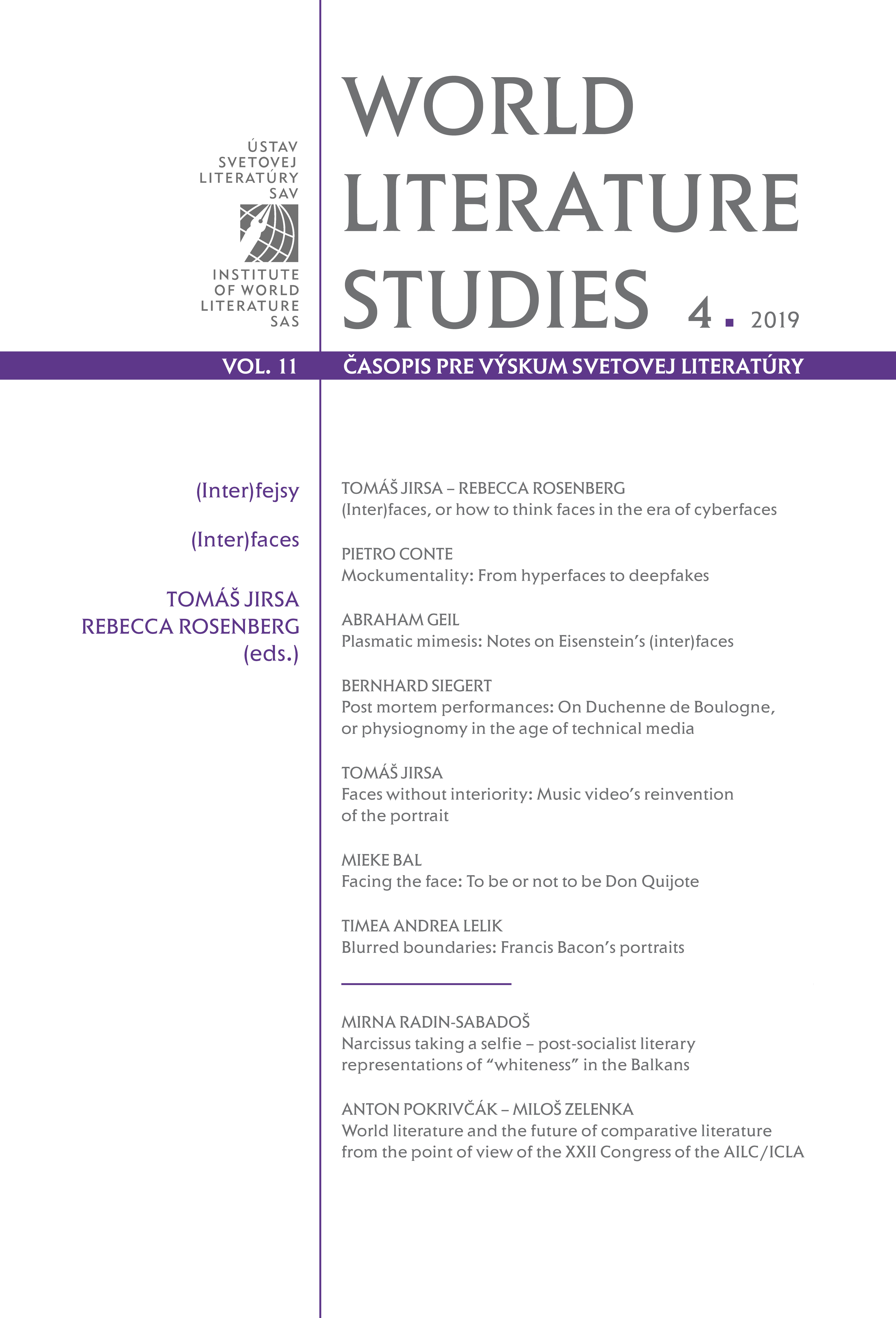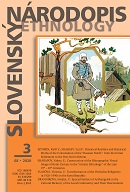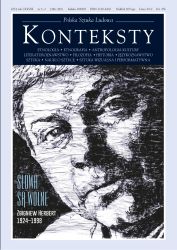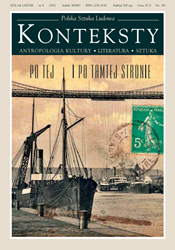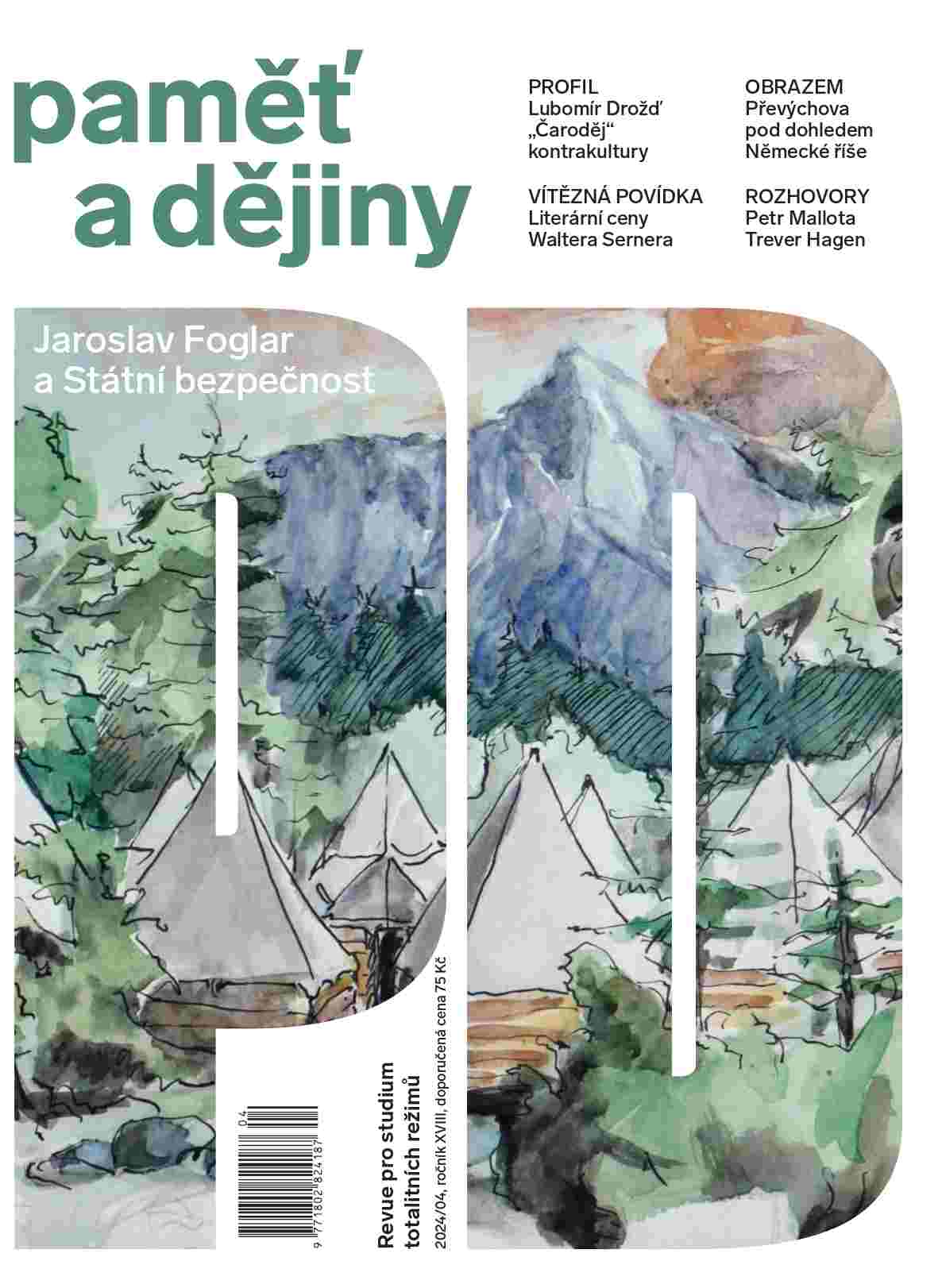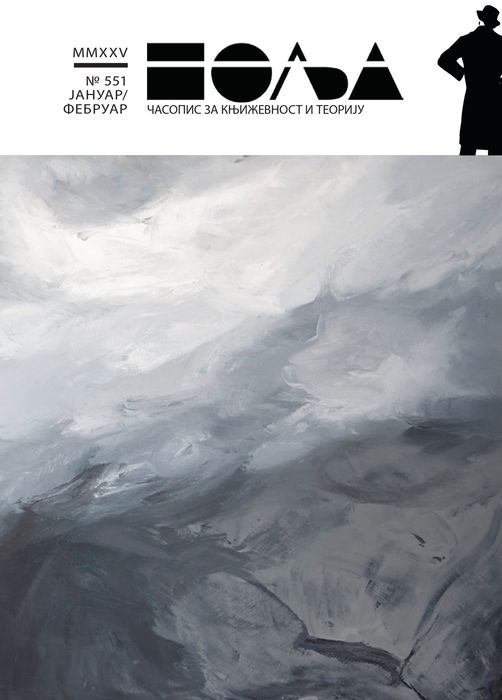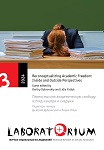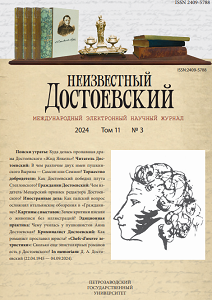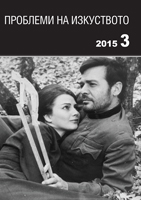
Списание „Кино“ – наследникът на „Киноизкуство“ след 1991 година
The first issue of Kino i Photo (Film and Photo) journal was released on 20 February 1946. In its early years, the journal has been renamed on more than one occasion: Kino i Photo (1946–1951), Kino/Film (1951–1955) and Kinoizkustvo/Cinematic Art (1955–1991). The vision, editorial offices, and the staff also changed over time. A number of editors- in-chief working with different teams succeded each other. Following the political changes of 1989, a period similar to that of its early years commenced: indistinct editorial policies and financial instability, frequent reshuffles of editors and editorial boards. In 1991 the journal readopted its name of 1951. The rationales for that was a quest of authenticity in an attempt the new name to reflect the changes and gradually shake ideologization off its content. This article traces out the dynamics within the journal following 1991. The study focuses on the fact that Kino is for the time being the sole independent journal specialised in film in Bulgaria. In 2006 the journal, enjoying academic status celebrated its 60th anniversary, which is the longest-running publication of its kind in Bulgaria. Over the recent decade it has continued searching for fresh audiences and meeting adequately the market demand, remaining at the same time true to its vision and content.
More...
